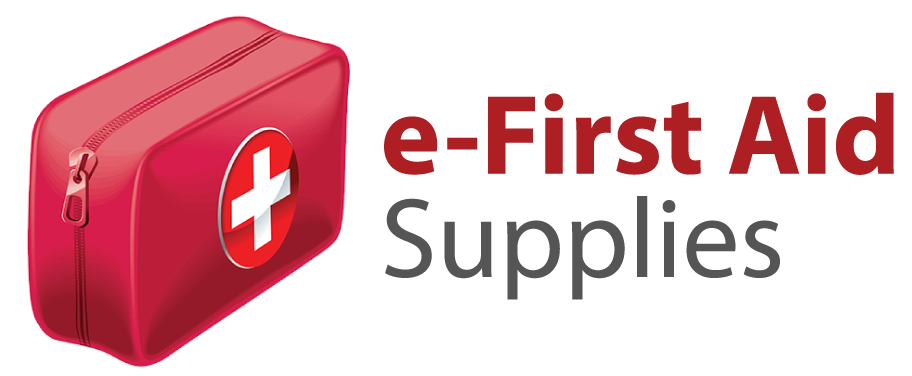My Cart: 0 item(s)
Burn Care Supplies
First Aid Burn Care Products
Due to the delicate nature of a burn, there are certain products that need to be used for treatment. Burns are completely different from other injuries like cuts and bruises, and therefore must be treated in their own way. Non-adherent gauze dressings and burn ointments and dressings are your first line of defense when it comes to burn treatment. Stay away from cotton products when it comes to any burns. The small fibers in cotton products can stick to the burn and increase the chance of infection. Also never apply ice directly to a burn. Ice may provide instant pain relief, but it can make the damage worse.First Aid Treatment for Burns
The first 48 hours in the treatment of burns are the most important to prevent infection and avoid scarring. Burn severity is ranked between first-degree burns, second-degree burns, and third-degree burns. e-first aid Supplies offers burn creams and gels to soothe the pain. We also have emergency burn dressings to create a shield between the skin burn and any foreign material that may cause infection.
Types and Degrees of Burns
When it comes to treating a burn, you first need to identify the degree of the burn. First and second-degree burns can usually be self-treated with the right burn care supplies. Third-degree burns almost always require immediate medical attention.
- First-degree burns These burns are due to over exposure to the sun or contact with hot objects or fluids. The skin is painful and red, but not broken or blistered. To treat a first-degree burn, run the burn under cool water then apply a burn cream. A loose gauze dressing can be applied to keep the burn covered. First degree burns usually do not require a dressing after 48 hours.
- Second-degree burns Second-degree burns usually have blisters and are very tender to touch. To treat a second-degree burn, carefully clean with water, pat dry and apply a burn cream. You can use a loose Non-adherent gauze dressings to cover the injured area each day. Do not break blisters as they help to prevent against infection. Prescription burn dressings can be applied to help cover and heal the area. Over-the-counter pain relievers can be used, but we recommend seeing a medical professional for severe, persistent pain.
- Third-degree burns Third-degree burns may be blanched white or charred. In many cases, first degree burns may not be painful because of nerve damage. Never attempt to self-treat a third-degree burn. Third degree burns and facial burns should be managed by a physician immediately.
E-First Aid Burn Care Products
Emergency burn dressings - emergency burn dressings are non adhering dressings that you apply to a burn wound to promote healing and provide protection from infection. They are sterile and soaked with burn gel that helps to cool the burn. Burn dressings are indented for direct contact with the burn without leaving behind strands or fibers that could stick to the wound.Burn cream/ointment - prevent infection and relieve pain from minor burns. Burn creams and ointments moisturize burns while forming a protective barrier to fight infection. Common ingredients in burn creams are petrolatum and aloe.
Burn spray - are pain relieving sprays that help provide relief form minor burns. Many burn sprays contain antiseptics to help prevent infection. Burn sprays make for easy application without having to apply any pressure or touch a burn. They are also great for easing the itching that can come with burns.
Non-adherent gauze dressings - if you don’t have access to a burn dressing or burn care products, antibiotic ointment and non-adherent dressings can help protect a burn until you get more supplies. Non-adherent dressings won’t stick to a burn, and they won’t leave behind fibers or material that might cause infection.


